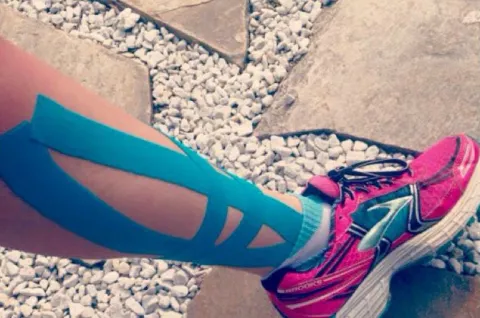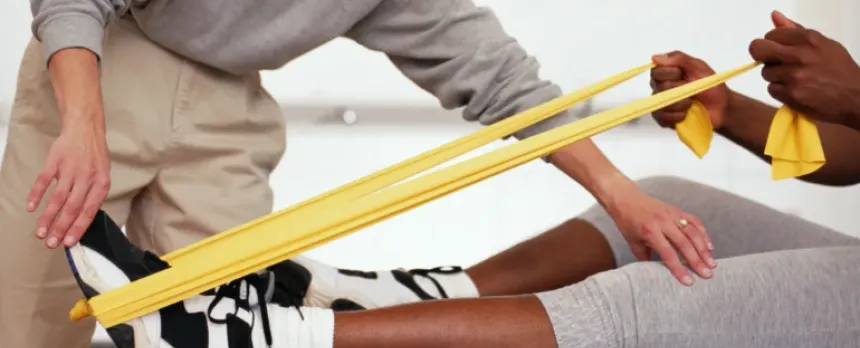Can You Work Out Too Much?

We've all heard the saying "no pain, no gain" when it comes to exercising, but how do you know if your pain is a good sign or a bad one?
Before muscles can strengthen themselves, the muscles first must be stressed. As muscles, tendons, ligaments, cartilage and even bone are stressed slowly over time, they build up strength that allows them to perform better during strenuous workouts. But if your body isn't used to the stress of working out, or if you train too hard, often times the "burn" you feel during a workout is more pain than should be expected.
Feel The Burn!
The "burn" is that feeling you get when you've pushed your body to go further, and in turn, you strengthen yourself. Sometimes after a workout you'll feel sore, but it shouldn't last long. A sign of a good workout leaves you exhilarated, rather than exhausted.
Signs of Good and Bad Stress
In the muscles: A good workout usually produces sore muscles. Some soreness after a workout is good for you, but long-lasting soreness is a sign that you may have trained too hard. Some concerning signs are muscles that hurt to move or touch, or may have swelling.
In the tendons: Tendons, the tissue that connects muscle to bone, can oftentimes be inflamed from an excessive exercise session. Indicators of inflamed tendons are pain in that area or swelling. With injured tendons, pain can continue when doing every day activities such as walking.
In the bone: While bones build their strength through working out, they can also sustain injuries as well. Runners are frequent sufferers due to the stress their bones get during training. If runners train slowly, mild stress is put on areas of the bone, and in response the bone begins to remodel and strengthen in those areas. However, if runners train too fast or too hard, the process fails, and the bones don't have enough recovery time. The result is a stress fracture in the bone, and if left untreated, the bone can break.
In the cartilage: Cartilage is the slippery tissue at the ends of bones that helps joints move smoothly. Stress to cartilage can result in pain, swelling and fluid in the joint.
Treatment for Common Injuries
- Cut back on exercise and avoid anything that causes pain.
- Ice the area after exercise.
- Use range-of-motion exercises and stretching to avoid stiffness.
- Use over-the-counter pain relievers to decrease pain and reduce swelling.
Note: The content of this blog is for informational purposes only. It is not intended for use as diagnosis or treatment of a health problem or as a substitute for the professional consultation of a physician or qualified health care provider. If you have specific questions or concerns regarding a health or medical condition, contact your physician or a licensed health care professional.



